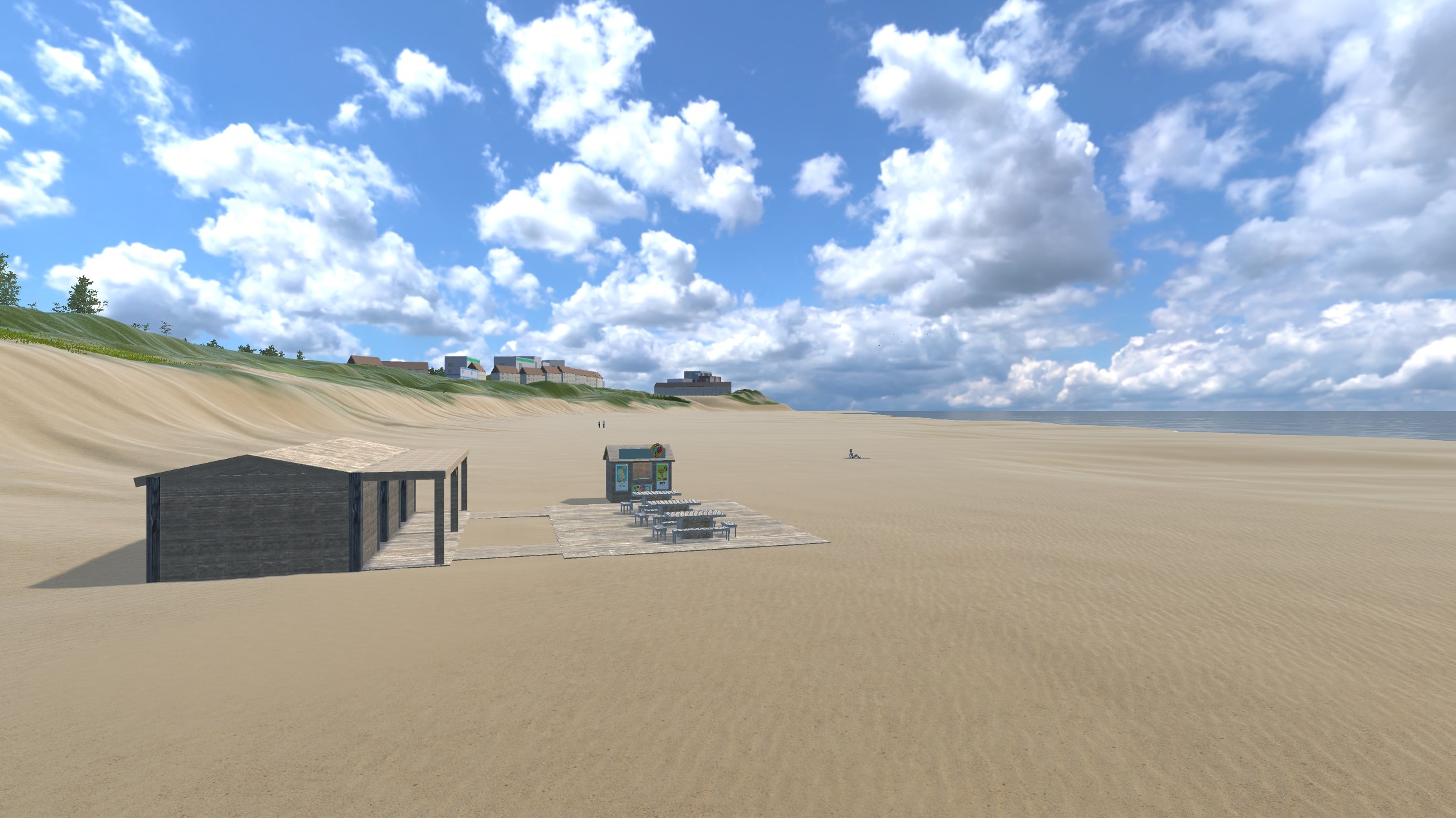A Fear of Open spaces

Client
Private patient
X is a female in a professional career, who had a long-term fear of open spaces because of past trauma. This fear was impacting on many aspects of her life. She could not take her family to local beaches and other open spaces without feeling panic or the need to leave. She would be hypervigilant in such scenarios and have many safety mechanisms in place, such as wearing a hood or having buildings or cars in sight. The fear was also impacting her job which involved driving between home visits through rural, open landscapes. She would arrive at family visits with high anxiety because of her fear. She would use safety measures to cope, such as having to drive with the visor down and wearing her hood up. This was adding further pressure to what was an already stressful job role.
X attended four VR sessions with her partner. We created a scene replicating a beach area she was familiar with. It had a car park with cars, buildings on the beach and people walking and the tide in. This was gradually altered to allow increasing anxiety levels e.g. taking away the cars, then the buildings, the people and finally with the tide out until she had to navigate an empty beach at the end of session 4. Her partner was able to observe the intervention taking place from an adjacent room and to learn the techniques the therapist used to help X manage her anxiety.
We interviewed X approximately six weeks after her last VR session. She said she experienced definite improvement since the intervention. She is far more confident in doing things that involve open space. She has been able to go to the local beach over the summer holidays and one of the key skills she learnt through the VR was to tackle this in small steps.
Previously she would have gone on to the beach in one go, become overly anxious then have to leave. Since receiving the VR intervention, she has learnt to try exposure with small steps, feel some discomfort and anxiety and then learn to manage that using the techniques used in the VR; achieving mastery of these small steps before moving to the next challenge level. Her partner also describes this as a benefit of being able to observe the therapy – to learn that exposure is gradual rather than full immersion.
X has seen a marked improvement in her ability to drive around rural areas for her job. She is now able to manage these trips without such debilitating anxiety and uses the techniques she learned in the VR to manage this. She also has stopped her safety behaviours of having the visor down and her hood up. This has made a big impact on her anxiety levels at work.
X has been able to do things with her children over the summer holidays that she wasn’t able to do before, such as visiting parks and camping. She took her children (without another adult), to an open field on a campsite. There were no buildings nearby. She wouldn’t have been able to do this before the treatment.
X said she still gets anxious at times but now has more hope about tackling situations she finds difficult. She is not able to drive long distances yet e.g. from the north of England to Scotland. However, she would like to work on this and has learnt through the intervention that the anxiety can be tackled by exposure in small steps and using the techniques she learnt in the VR sessions.




